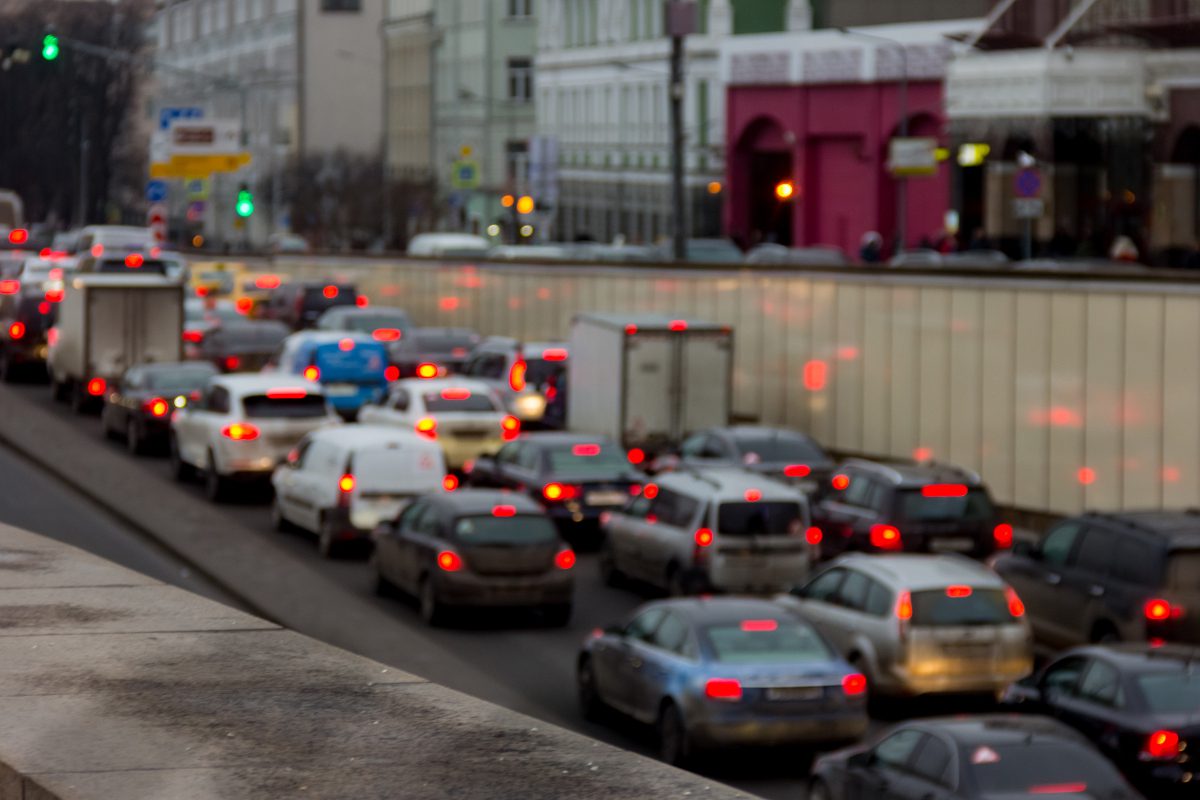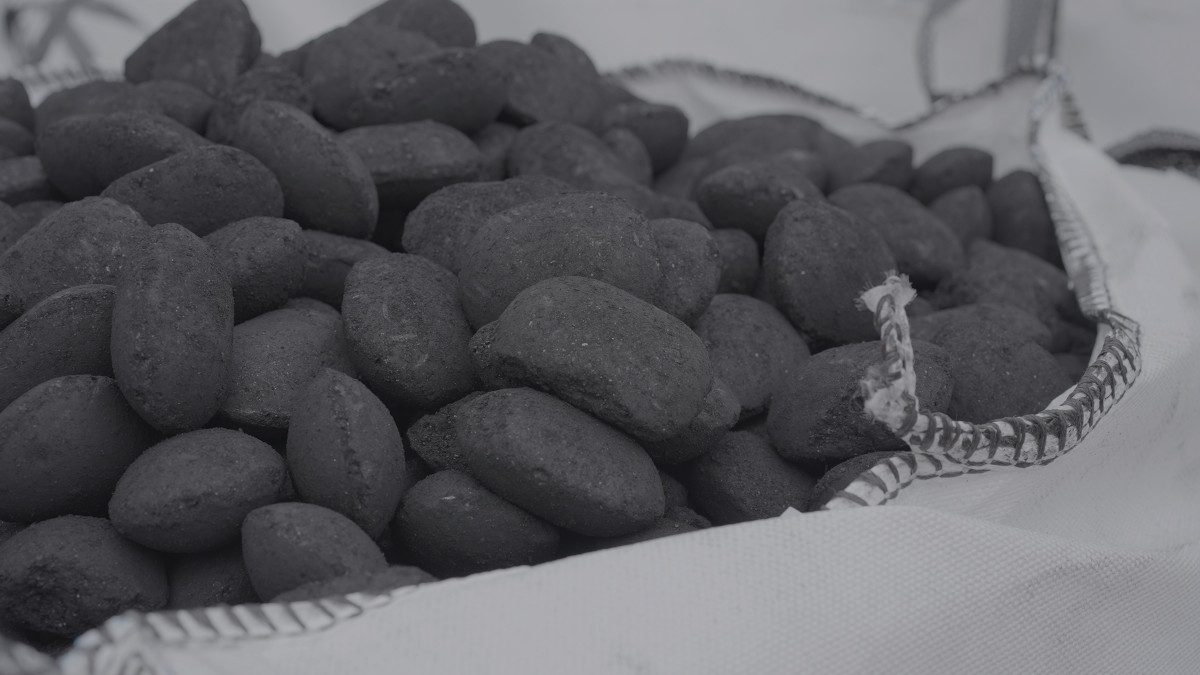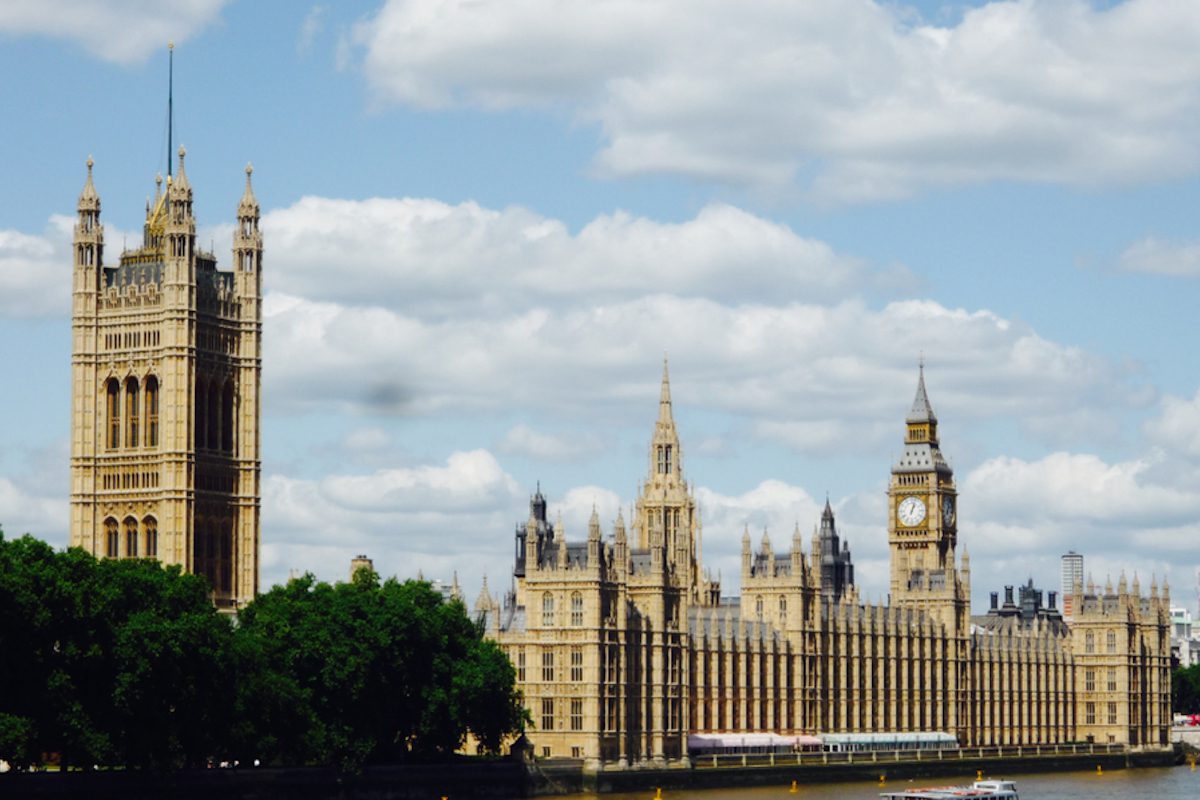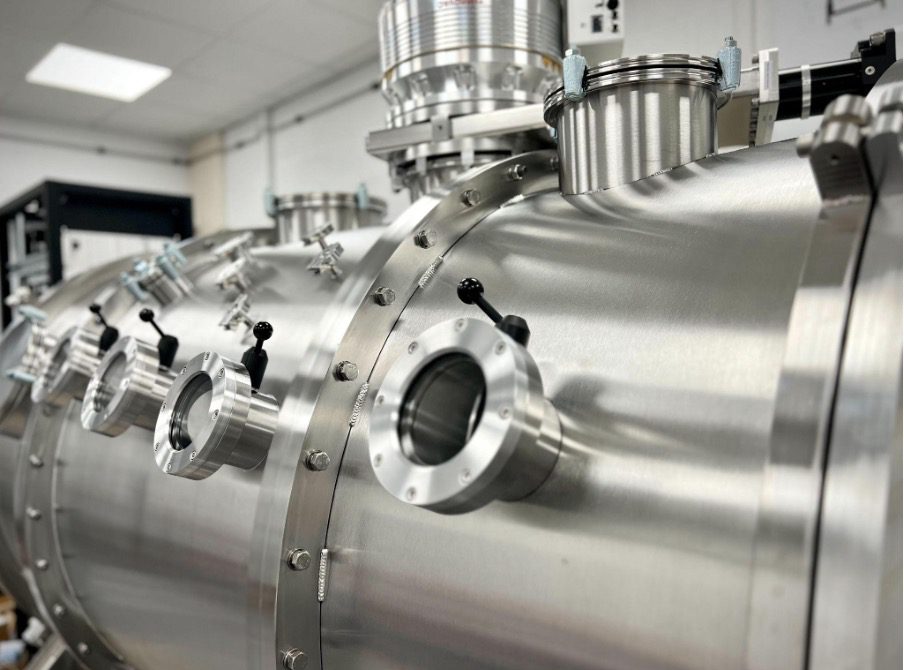Dust particles thrown up from deserts such as the Saraha and Gobi are playing a previously unknown role in air pollution.
Contrary to long-held assumptions, aged desert dust particles which were once considered too big and dry to host significant chemical reactions actually act as “chemical reactors in the sky”—facilitating the formation of secondary organic aerosols (SOA), a major component of airborne particles.
Published in a collaborative effort led by scientists from China, Japan, the UK, and other nations, the study – appearing in National Science Review – seems to show that during dust events such as those arising in the Sahara and Gobi deserts, around 50% of water-soluble secondary organic aerosol, primarily considered as SOA, is found in coarse (supermicron) dust particles.
This finding challenges conventional wisdom as, until now, scientists believed that such SOA is primarily formed in fine (submicron) particles or cloud droplets.
Co-lead author Professor Zongbo Shi from the University of Birmingham said:
“This discovery marks a major advance in understanding the chemistry of secondary organic aerosols. We’ve found that water-containing aged dust can act like a sponge and a reactor—absorbing gaseous pollutants and transforming them into particles that affect our health and the climate.
“This study sheds light on a key chapter in atmospheric chemistry but also reveals that the Earth’s natural dust storms have a far more complex and impactful role in our air quality than previously known. It underscores the importance of including these new chemical pathways in climate and air quality models.”
Prof. Weijun Li from Zhejiang University and the study’s first and co-lead author said: “Sandstorms are not just an environmental issue themselves —they are chemical triggers in the climate system.”
Unexpected mechanism
The team found that the formation of secondary organic aerosols (SOA) occurs in water-containing coatings of aged dust, specifically those that have reacted with atmospheric nitric acid to form calcium nitrate. This compound absorbs water even in dry conditions (relative humidity as low as 8%), creating a micro-environment where gas-phase pollutants like glyoxal can dissolve, react, and form aqueous-phase secondary organic aerosol (aqSOA).
To validate their findings, the team combined cutting-edge microscopic analysis with global-scale computer modeling. They showed that these dust-driven reactions could account for up to two thirds of total secondary organic aerosol in some of the world’s dustiest regions, from North Africa to East Asia—orders of magnitude more than previous estimates.
Air pollution from fine particles is linked to millions of premature deaths annually and contributes to climate change. Understanding how and where these particles form helps improve forecasts, guide pollution controls, and ultimately protect human health.
Dr. Akinori Ito from the Japan Agency for Marine-Earth Science and Technology (JAMSTEC) said: “Unravelling the ‘black box’ of surface reactions on wet dust particles is key to expanding the current boundaries of knowledge for accurately assessing aerosol impacts on climate and the environment.”
















